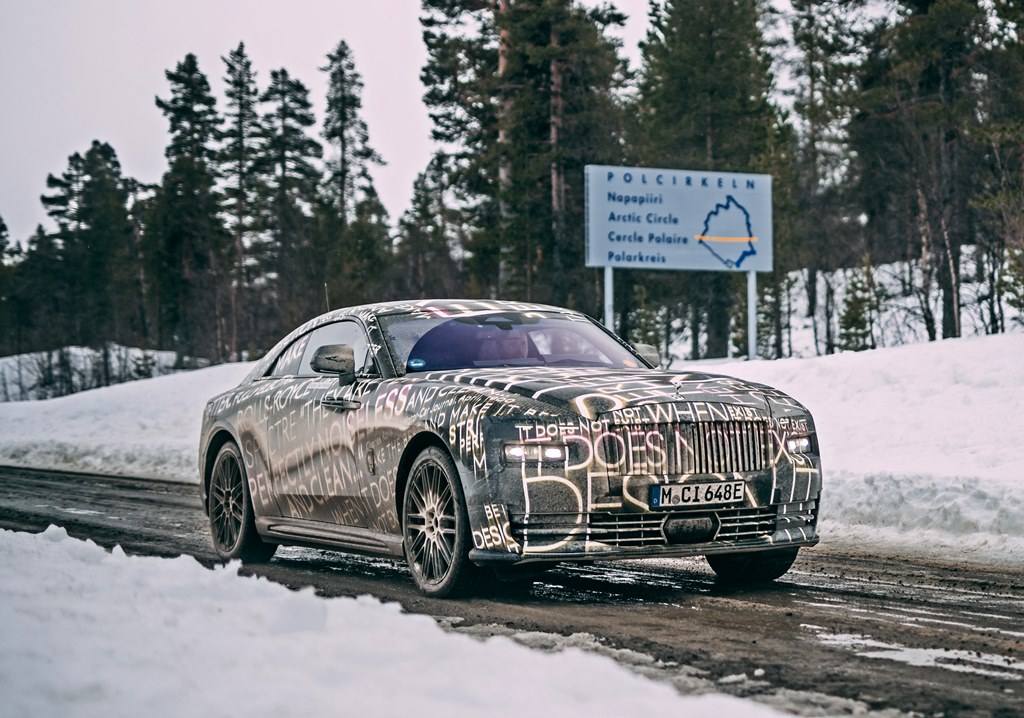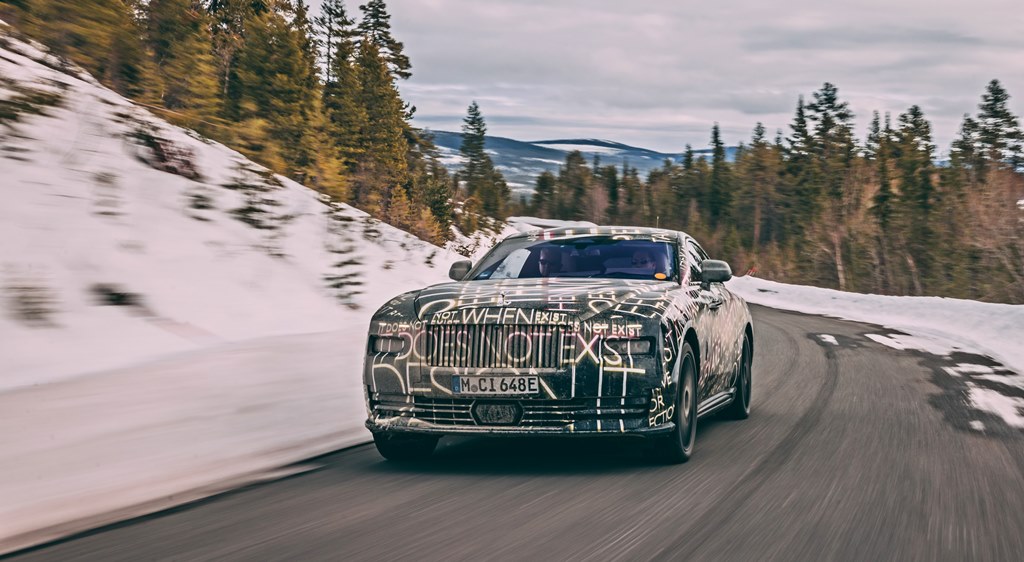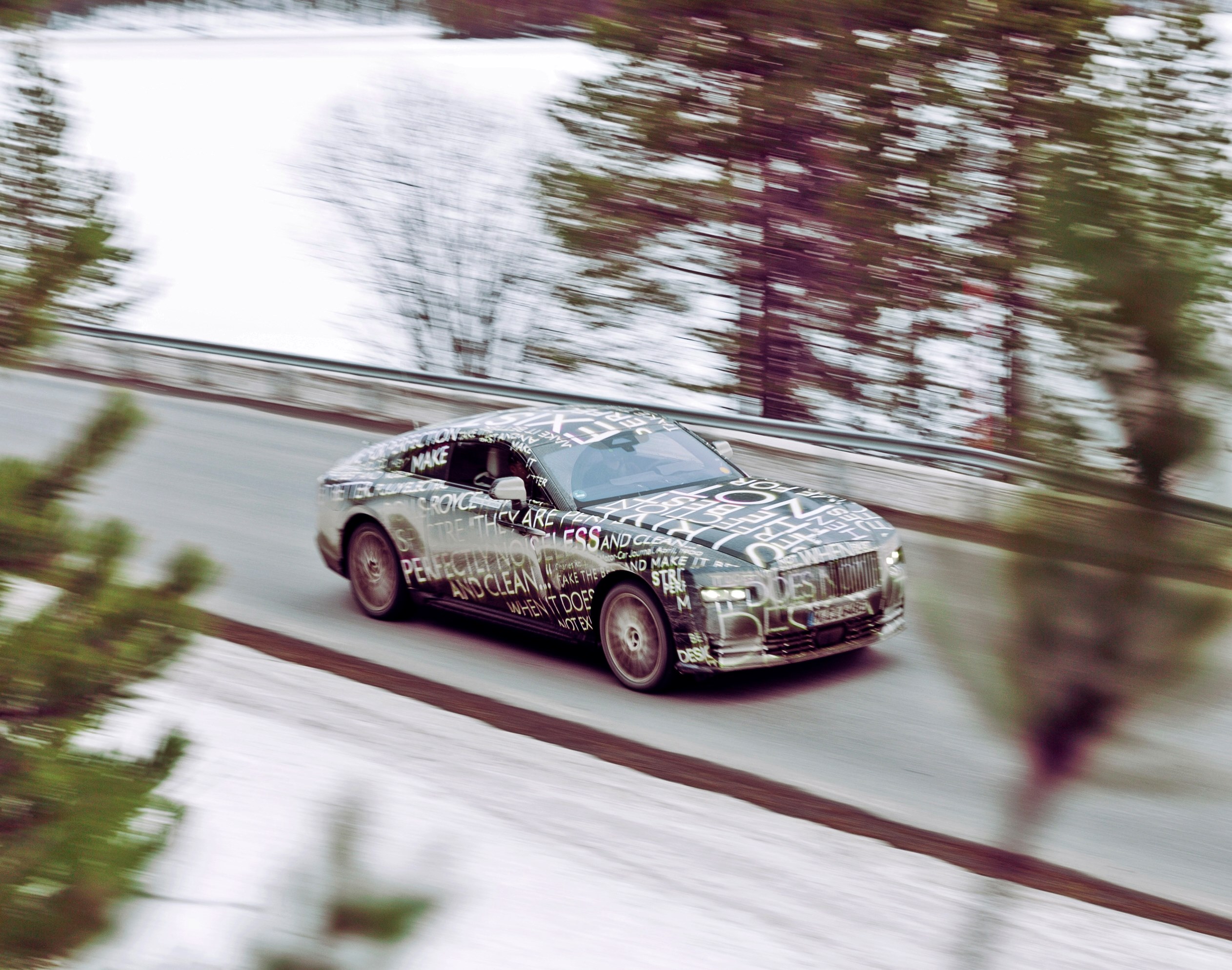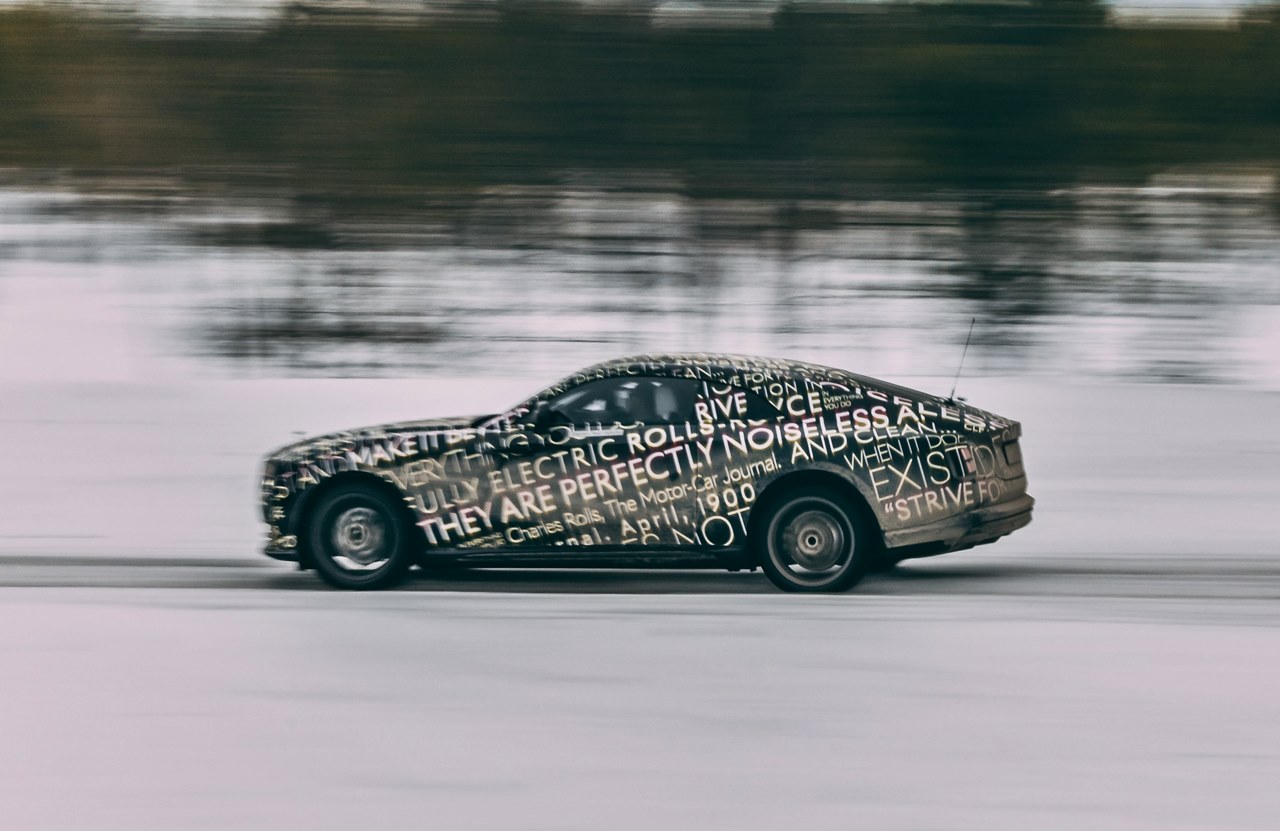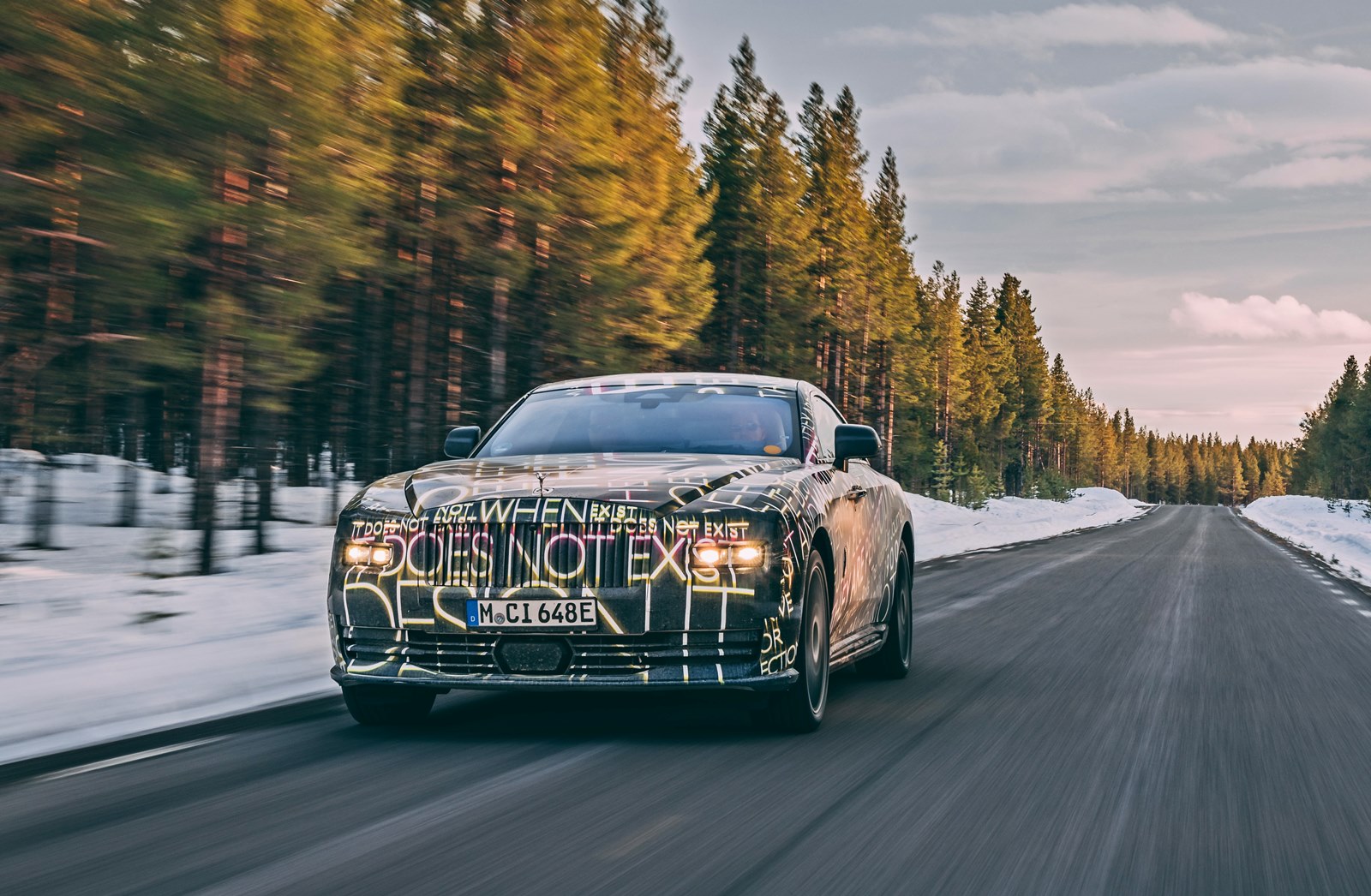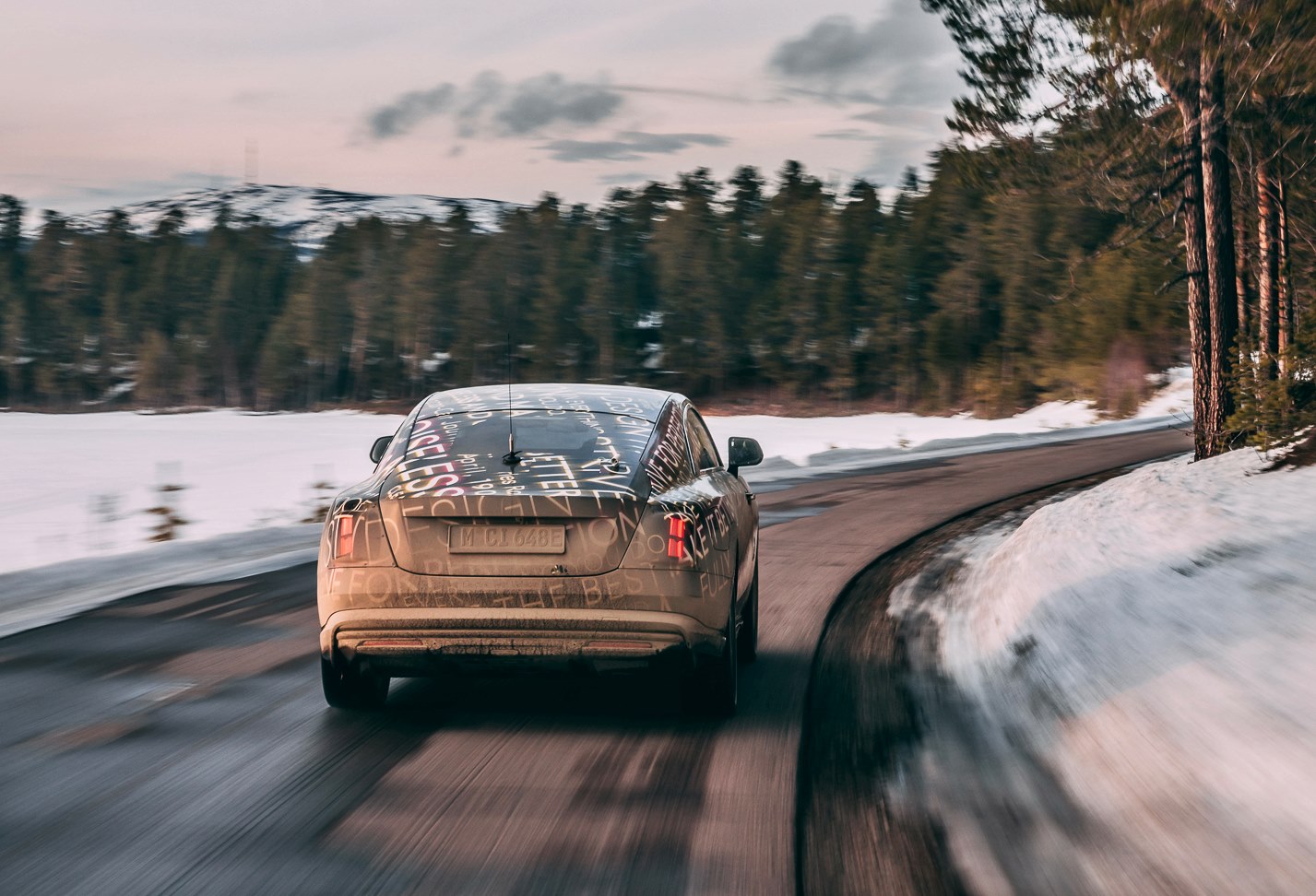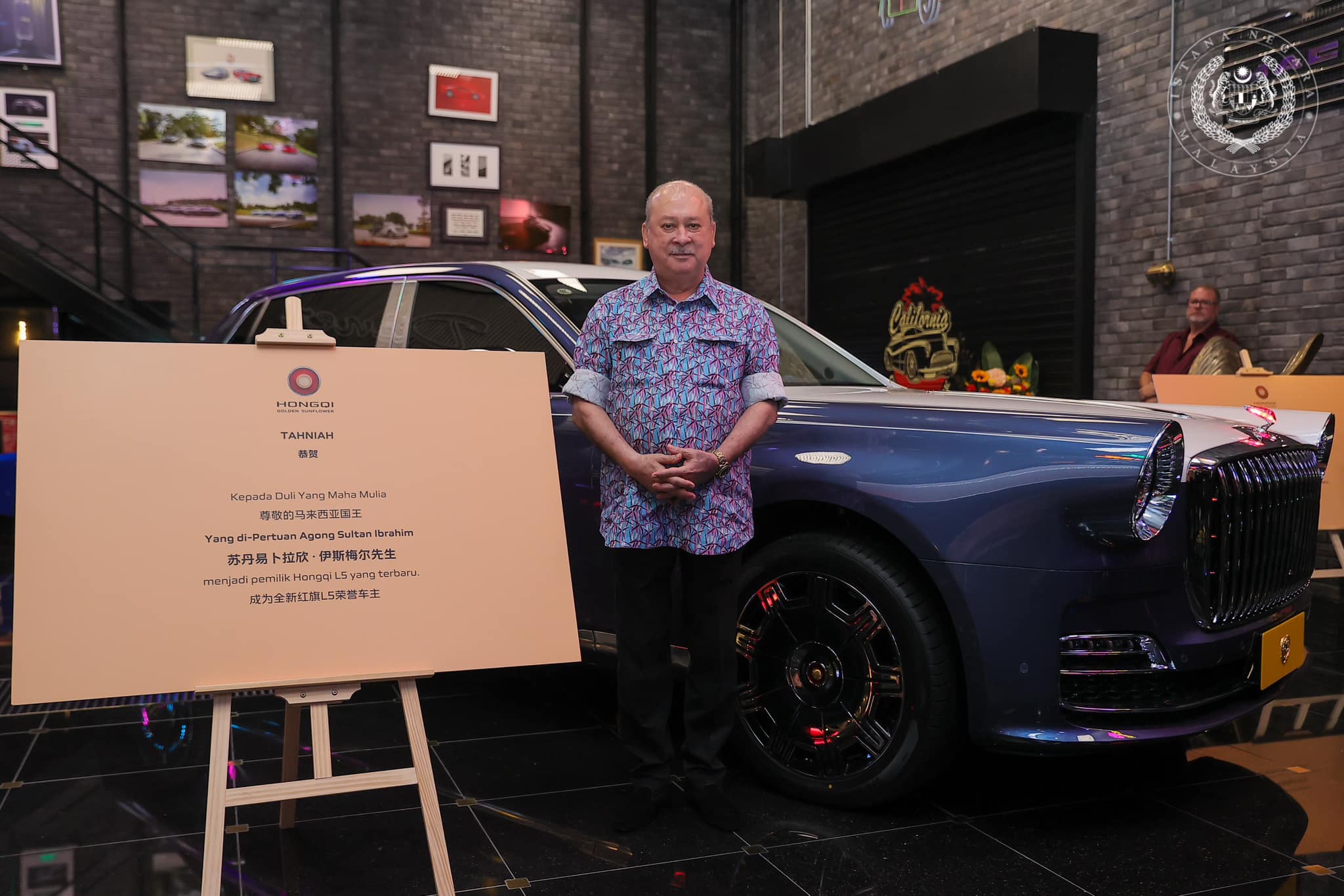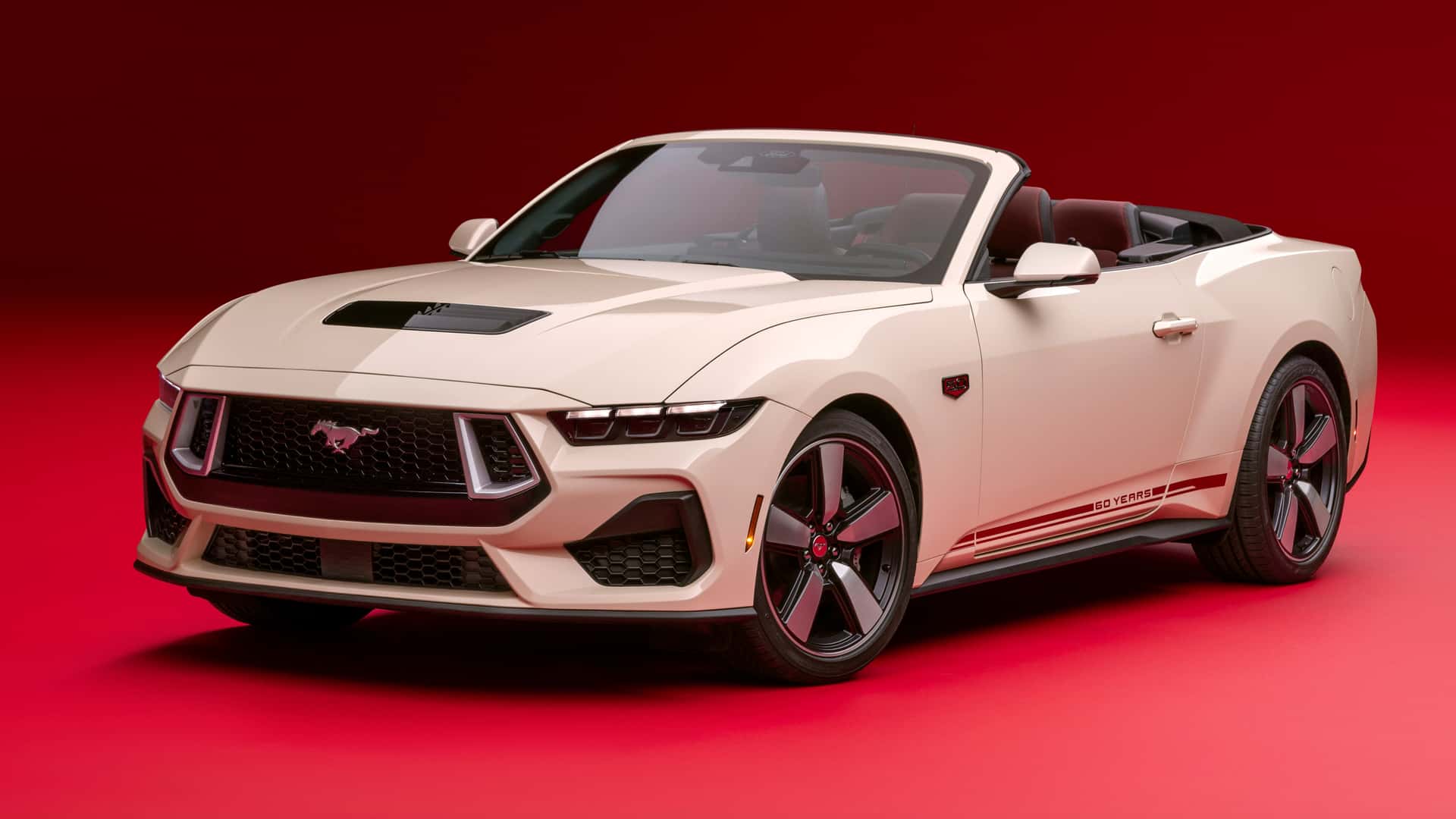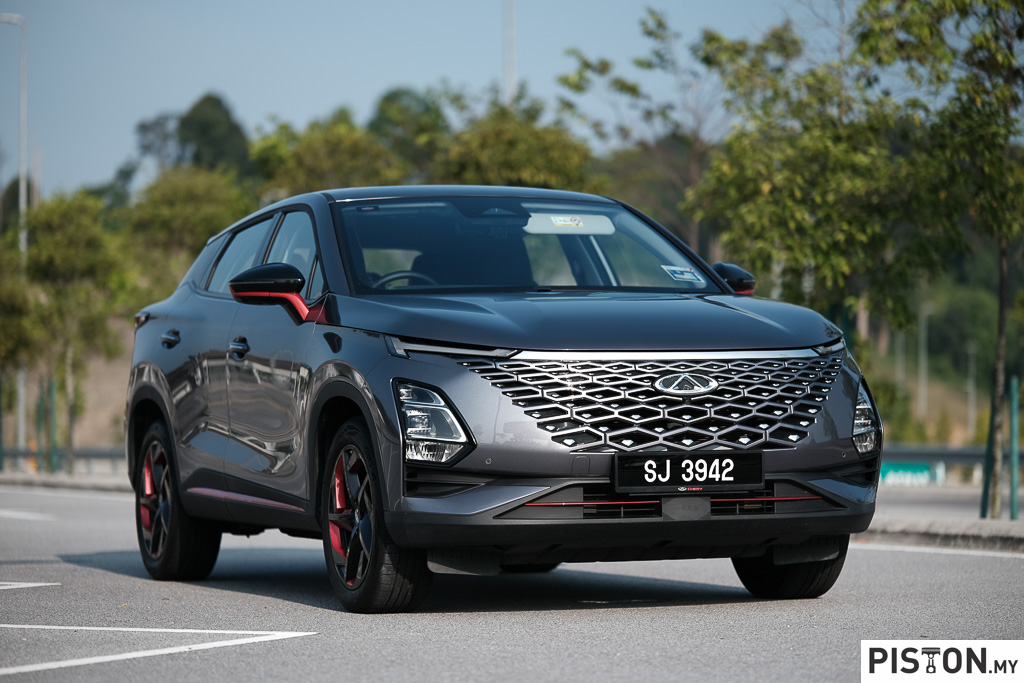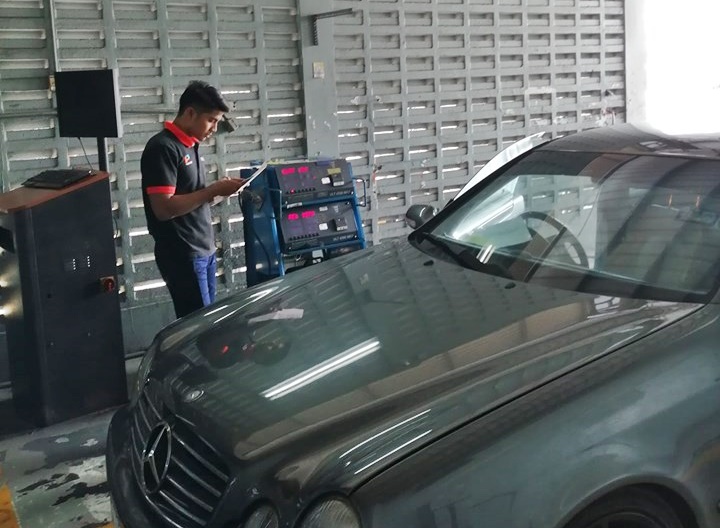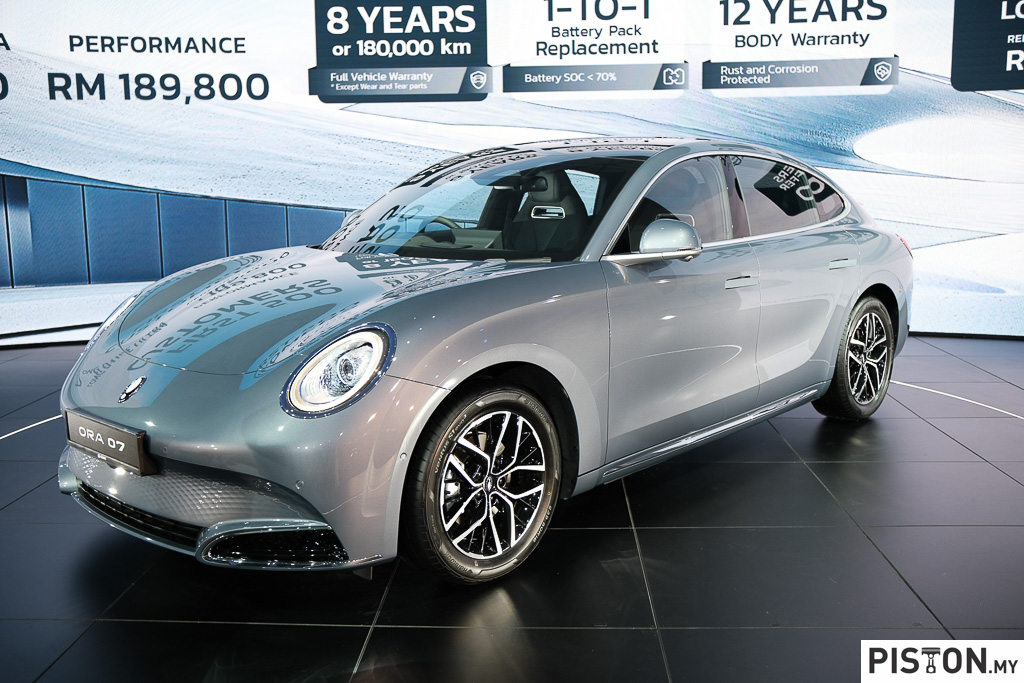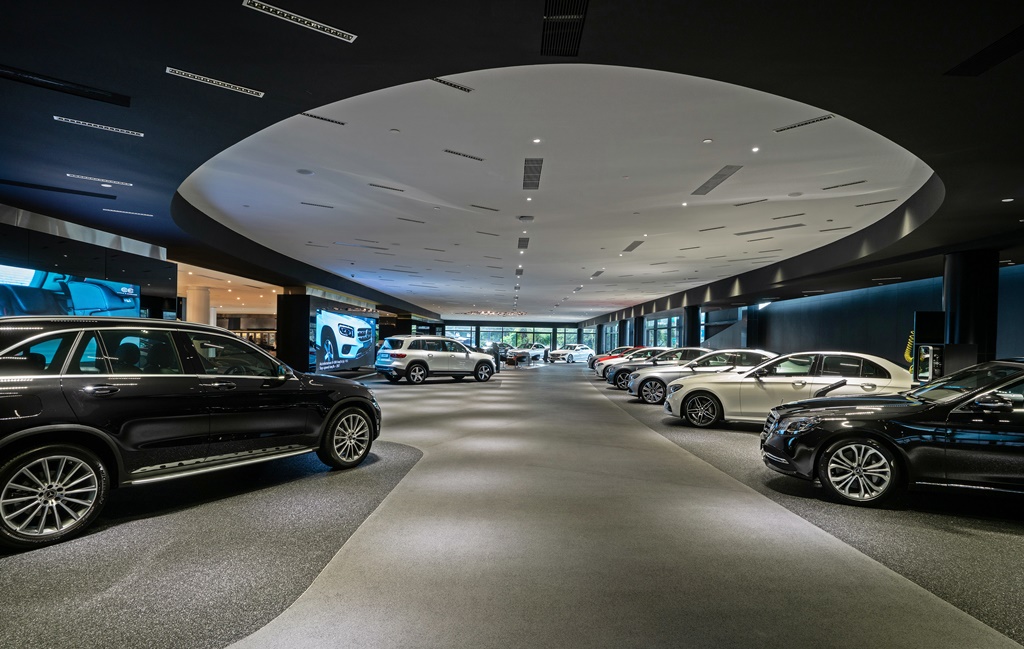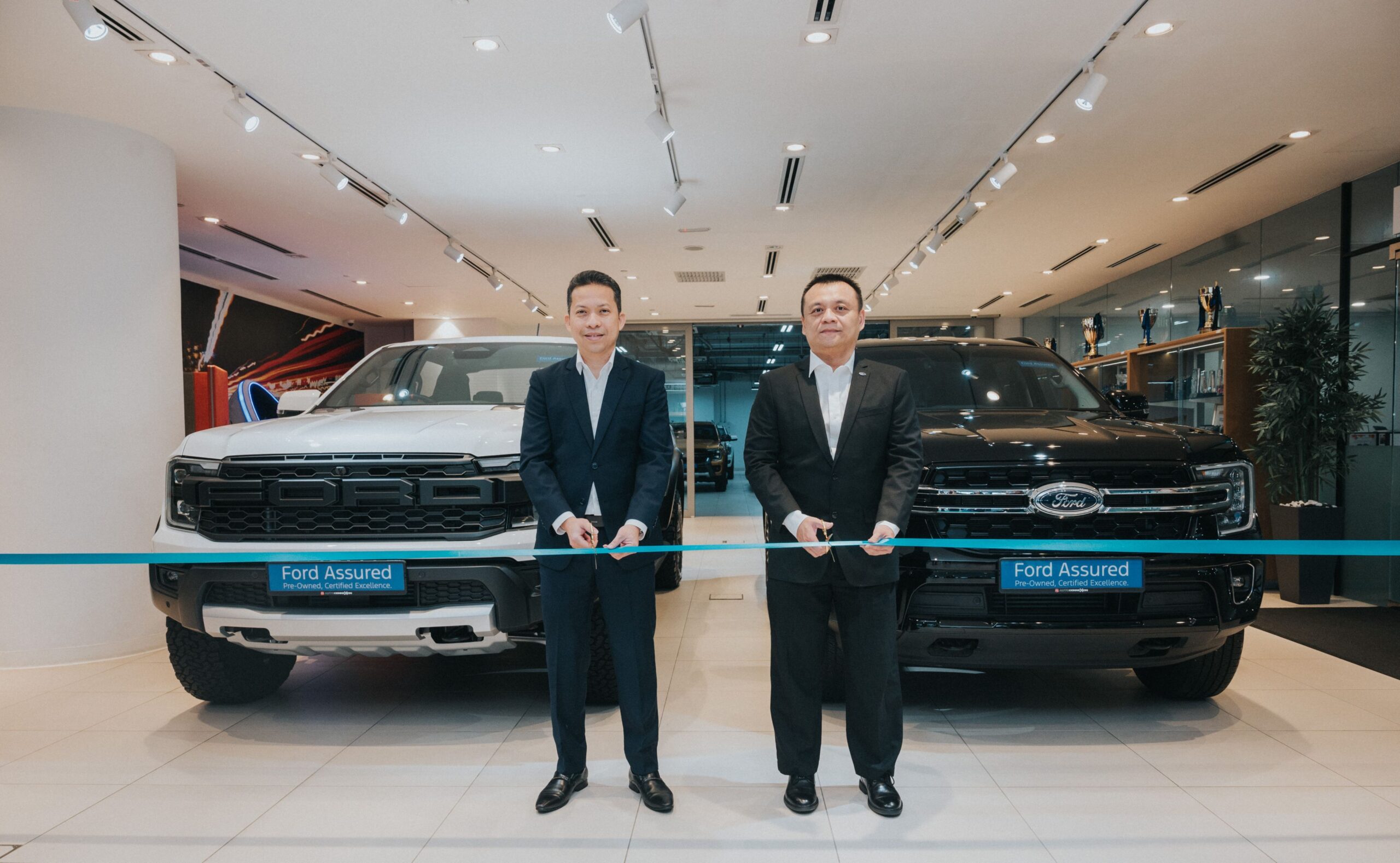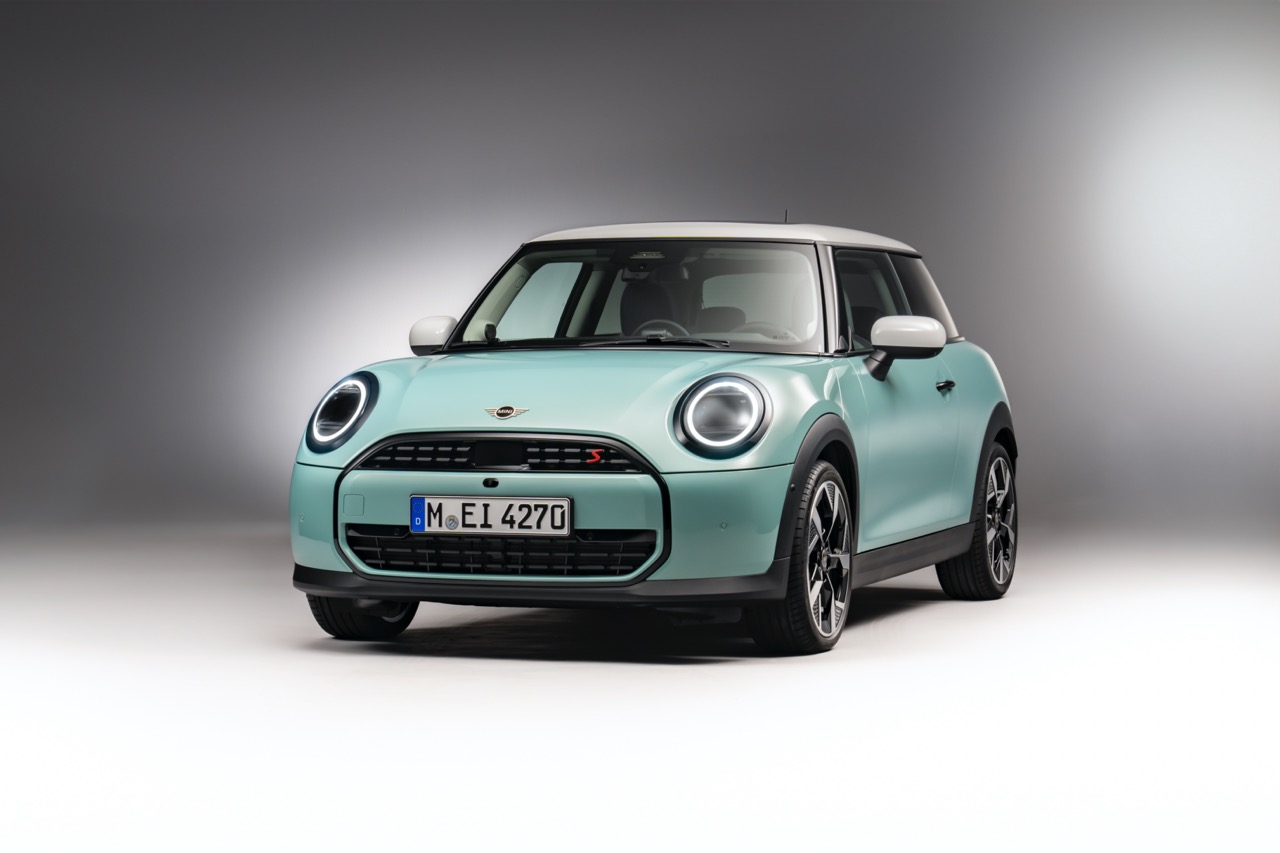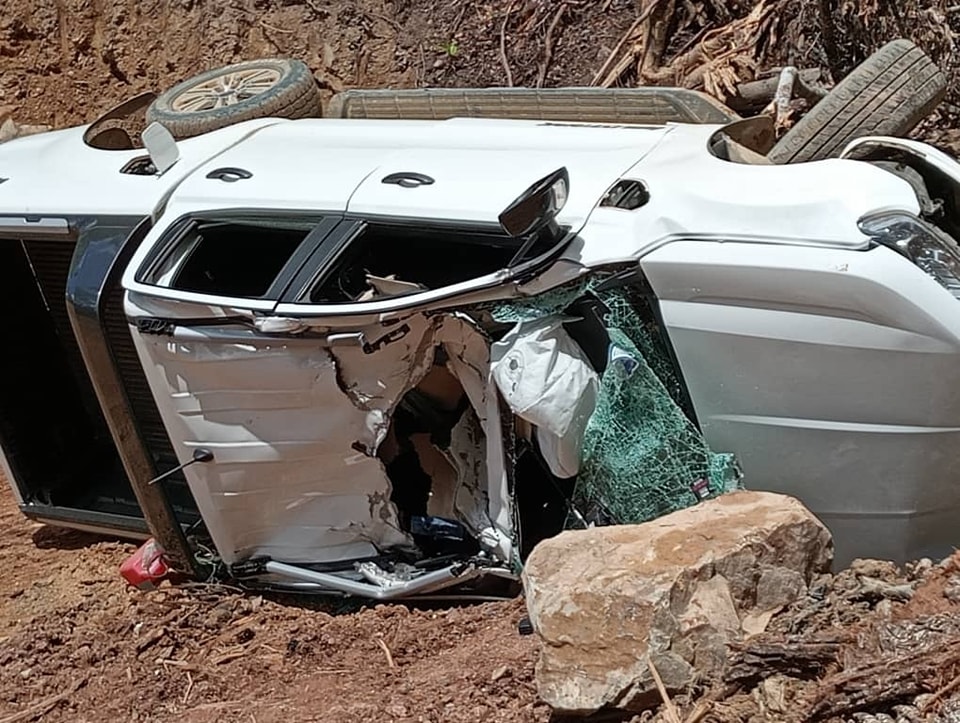Global-warming and climate change notwithstanding, there’s still a lot of ice and snow at the top of the world and it’s still very cold. The winter conditions around the North Pole are useful to test prototypes and many carmakers (even Proton) go up to the Arctic Circle for their development programmes.
It’s no different for Rolls-Royce and indeed, a new Rolls-Royce model always begins its life in winter. The carmaker has a facility located in Sweden, just 55 kms from the Arctic Circle, where temperatures drop to -26 degrees Centigrade and are further cooled to -40 degrees Centigrade. That is very cold!
Why go to extremes?
And there are several reasons for subjecting the marque’s products – in this case, the first fully electric Rolls-Royce to be called Spectre – to such extremes. When the first prototypes are built, the engineers perform very basic tests in extreme conditions to ensure that each system is operational and functions at a basic level in a cold weather environment. This test is combined with the beginnings of the refinement process – the first ‘lessons’ in a finishing school that will form the foundations of a vehicle worthy of having the Spirit of Ecstasy on the bonnet.
This begins with processes that are common to the automotive industry such as noise, vibration and harshness (NVH) tests. The variables that affect this are numerous, spanning from the materials selected for major hardware components to the density of the door rubber seals, bushing compounds, fastening materials and even properties of bonding agents. The performance of these variables can change considerably when subjected to extreme temperatures – likewise the efficiency of the car’s heating, ventilation, air conditioning and cooling systems.
As a luxury brand, there is an additional component of winter testing that is of great importance to Rolls-Royce. This is defined by the marque’s engineers as ‘de-escalated time’, which enables incredible accuracy and control in creating the Rolls-Royce experience using the chassis control systems, powertrain management and electronics control.
By driving on low traction surfaces such as snow and ice and deliberately destabilising the Spectre, the engineers can create dynamic circumstances at low speeds that would ordinarily occur at high speeds. This can be reviewed and guided in situ and in slow motion, in doing so parametrising and finessing cold-weather vehicle performance in areas such as handling, controllability, stability, predictability and the ‘waftability’ that defines the Rolls-Royce experience.
De-escalated time enables engineers to create unparalleled detail in the motor car’s response, in doing so schooling Spectre to think, behave and communicate like a Rolls-Royce worthy of the marque. Following more than half a million kilometres of testing, 25% of this process has now been completed.
Rolls-Royce 3.0
Rolls-Royce 3.0 represents the beginning of the marque’s bold electric future. The term ‘Rolls-Royce 3.0’ is a reference to the brand’s progress during its renaissance, which began at its home in England on January 1, 2003. The first Goodwood Rolls-Royce was Phantom, and it was underpinned by its own Bespoke architecture. This was Rolls-Royce 1.0. Following this, a new, highly flexible all-aluminium spaceframe architecture was conceived that could be adapted for multiple applications, including models like the Cullinan SUV as well as super exclusive Coachbuild projects. This was Rolls-Royce 2.0.
Rolls-Royce 3.0 is the integration of a fully electric power train and Decentralised Intelligence into the marque’s architecture. In component terms, the simplicity of the car has increased significantly. However, the requirement for engineering the Spectre – of sending this ‘uneducated’ car to Rolls-Royce finishing school – is said to be unparalleled. The definition of engineering has changed. Historically, engineering a Rolls-Royce has taken place in workshops but the Spectre sees this pivot into the digital space.
This all-new model is the most connected Rolls-Royce ever and each component within it is more intelligent than in any previous Rolls-Royce. It features 141,200 sender-receiver relations and has more than 1,000 functions with more than 25,000 sub functions. By comparison, Phantom has 51,000 sender-receiver relations, 456 functions and 647 sub-functions.
The dramatically increased intelligence of Spectre’s electronic and electric powertrain architecture enables a free and direct exchange of detailed information between these 1,000+ functions with no centralised processing. While this has required engineers to increase the length of cabling from around 2 kms in existing Rolls-Royce models to 7 kms in the Spectre. The engineers have also had to introduce over 25 times more algorithms. A dedicated control can be created for each set of functions which enables unprecedented levels of detail and refinement, allowing for what Rolls-Royce chassis specialists are already calling ‘Rolls-Royce in high definition’.
The Spectre’s architecture
In creating a design for the Spectre, a generously proportioned, highly emotional bodystyle was selected. This could only be enabled with the marque’s all-aluminium spaceframe architecture. Indeed, the scale is so far beyond other contemporary coupés that it has been designated an Electric Super Coupe. It is the brand’s belief that there is only one other contemporary product that occupies this space – the Phantom Coupe – and the designers consider the Spectre to be Phantom Coupe’s spiritual successor.
The designers considered the dimensions and emotionality of Phantom Coupe as well as other grand coupes from Rolls-Royce’s past. This is seen in the fastback silhouette and size and also a key design feature from the Phantom Coupe: the iconic split headlights.
The flexibility of the proprietary architecture (nothing related to BMW i) which is only used by Rolls-Royce enables the exterior design to be created as a totally authentic Rolls-Royce. This is plain to see in Spectre’s wheel size – it will be the first coupe equipped with 23-inch wheels since 1926.
The flexibility of the marque’s architecture also allows dramatizing the coupe experience. By placing the floor halfway between the sill structures rather than on top or underneath the sills, there is a highly aerodynamic channel for the battery pack, providing a perfectly smooth underfloor profile. Likewise, this creates a low seating position and enveloping cabin experience.
By moving the bulkhead location, designers and engineers have also been able to deepen the dashboard location to truly cocoon passengers. This is amplified with a dramatically low windscreen rake and highly efficient airflow profile. This, along with other intelligent design solutions such as an aerodynamically tuned Spirit of Ecstasy mascot, contributes to a Cd of just 0.26 in early prototypes.
Just the beginning…
With the winter testing phase completed, the Spectre development teams will continue the global testing programme. That means another 2 million kilometres or so before the important process is completed prior to first customer deliveries in the fourth quarter of 2023.
New fully-electric Rolls-Royce will be called ‘Spectre’, to be launched in late 2023



